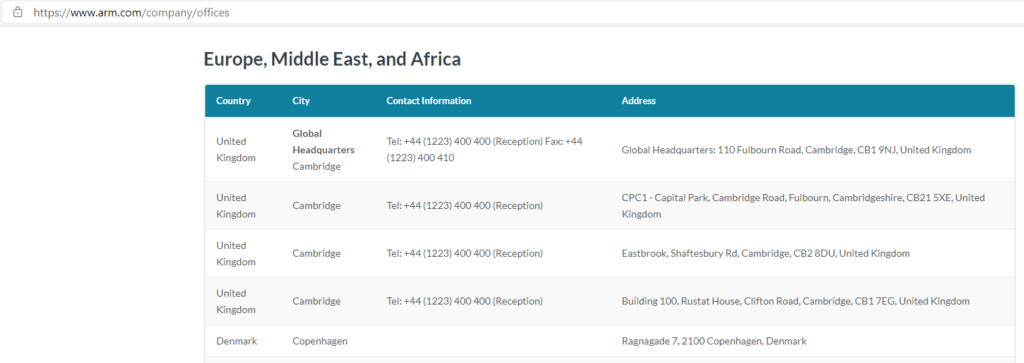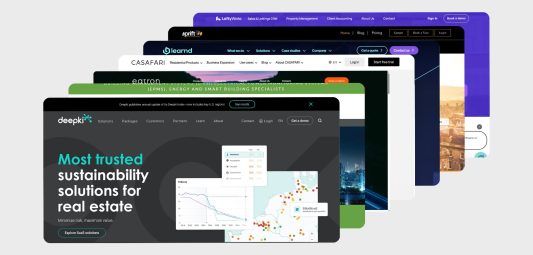A common hurdle, faced by everyone who conducts regional economic analysis, is creating an accurate view of where businesses operate. It’s common for a business’ registered address to be different from their operating address, or addresses. This can lead to gaps in the data or to businesses being recorded as operating in an area despite having no physical presence or people employed there.
The problem is that official industrial data in the UK, as it is in most countries, is low quality.
Our technology and datasets mean that our clients have access to twice as much locational data than is usually available for companies registered in the UK. We’re working with a range of regional partners to use this to create important, comparable information on local economies.
Boosting Companies House address data by 80%
The UK’s Companies House includes a registered address for all 4.7 million companies it holds the records for. Of course, some of these companies are not active. Accounting for those leaves us with 4.6 million active business locations in the UK. The Data City’s methods add 840,000 business locations to this, a boost of 18%.
This boost is even more pronounced when analysing the distribution of larger companies operating across multiple sites.
Unsurprisingly, larger businesses, with multiple locations, are much more likely than small, single site companies to have a website. These smaller businesses are more likely to have a consistent registered and trading addresses, despite many opting to use their accountants’ address as their registered place of business.
The Data City’s clients often want to find out about the regional footprint of larger businesses. This is where our method produces more data to allow for more accurate analysis.
Indeed, when looking at those larger 1 million UK companies with websites, we improve the number of known operating locations in a dataset by over 80% to 1.8 million. In large cities the boost is even greater. For example, in Edinburgh there are 9,676 companies with known websites registered at addresses in the local authority. An additional 13,097 companies operate in the city without being registered there.
An example from our dataset
Arm Ltd, the UK-based designer of ARM processors, is a UK-registered company owned by Japanese-registered Softbank and pending ownership by US-registered NVIDIA.
Companies House data tells us little about the company. It shows it’s company number 11299879 and its SIC code 64209 – Activities of other holding companies not elsewhere classified. It also contains their registered address - 110 Fulbourn Road, Cambridge, Cambridgeshire, United Kingdom, CB1 9NJ.

You can’t tell what they do, or where within the UK they operate, from the official records.
Registered and operating addresses. The Data City process
We solve these two problems by starting with ARM’s website. The process of reliably matching the name ARM Holdings Limited to the URL www.arm.com is one of our most valuable innovations.
Sourcing open data from the company’s website
We download and analyse the website at www.arm.com, along with many other pages in directories such as www.arm.com/products. We then extract keywords such as cloud computing, artificial intelligence, wearables, healthcare and machine learning. The full web text is used in connection with large training sets to classify the company with Real Time Industrial Classifications we’ve built, including Cyber security and AI.
The whole site content is downloaded and addresses are extracted. Specifically, the page at www.arm.com/company/offices listing Arm’s Global Offices is identified by our software as containing extra information on the operations of the company.

Once extracted the registered and operating address data looks like this within our database.

Augmenting it with additional location data
The Data City’s technology provides instant additional location data, allowing for analysis beyond Companies House records.

Our method successfully extracts all of ARM’s UK operating locations. And in processing that data it does even better than ARM themselves, who wrongly list their location in the local authority of South Cambridgeshire as being in Cambridge.
20% more businesses found in each local authority
The identification of ARM’s nine UK operating locations is completely automatic. We experience similar performance across a broad selection of companies, with the greatest number of additional locations found for the largest companies.
Unlike other countries, there is no public data in the UK on the true number of operating locations for businesses, or the split of employees and activities across those locations. This means that while we know the nine ARM locations in the UK, we do not know what work is done at each site and by how many people.
Our method typically adds 20% to the business count in each local authority. In Tower Hamlets local authority this rises to over 50%, with many businesses operating a very small office or a number of shell companies near to the City of London.

We boost the number of companies registered in a location by using the additional data from our website analysis. Taking the example of Leeds, we added 15,000 companies to the 54,000 registered in the city, a 28% boost.
An even larger boost for bigger, multi-site companies

The boost was even greater when only looking at companies with a website – a 115% increase. The majority of businesses in Leeds don’t have websites, for example a traditional butcher operating in Leeds Market. 15,000 companies with websites are registered in the city and our data set shows an additional 13,000 operate in Leeds including significant local employers registered in other cities. For example, Halifax Bank of Scotland (registered in Edinburgh), Greencore (food manufacturers registered in Stockport and Dublin) and Shoosmiths LLP (lawyers registered in Milton Keynes).
Get in touch if you’d like a more accurate picture of companies in any region of the UK.


